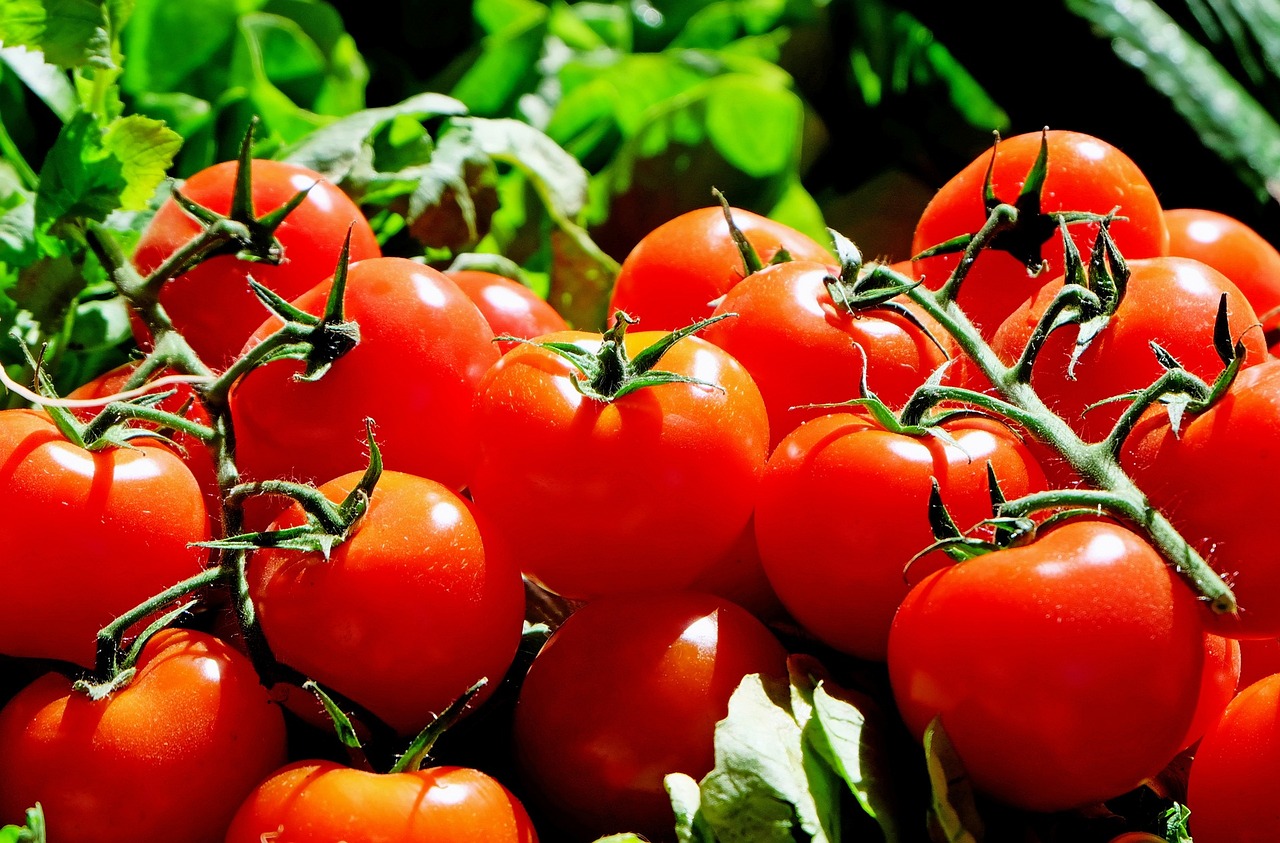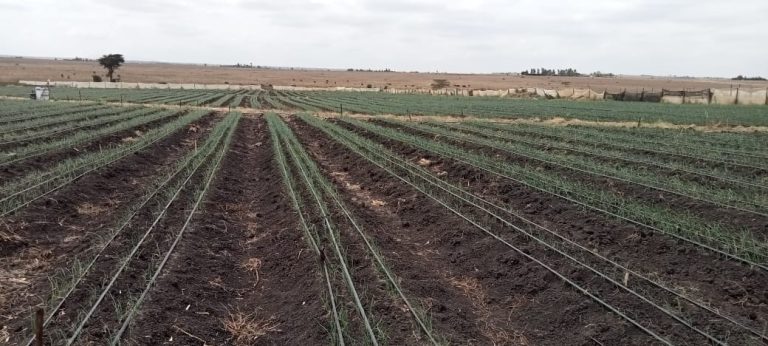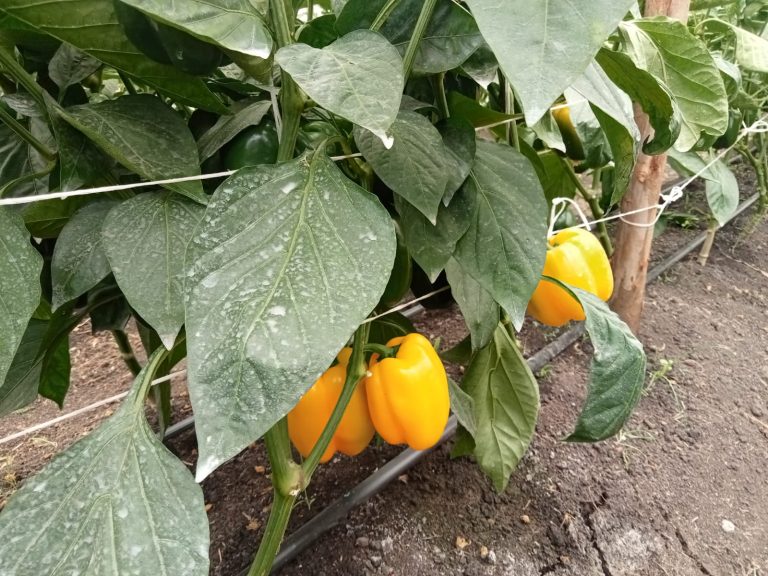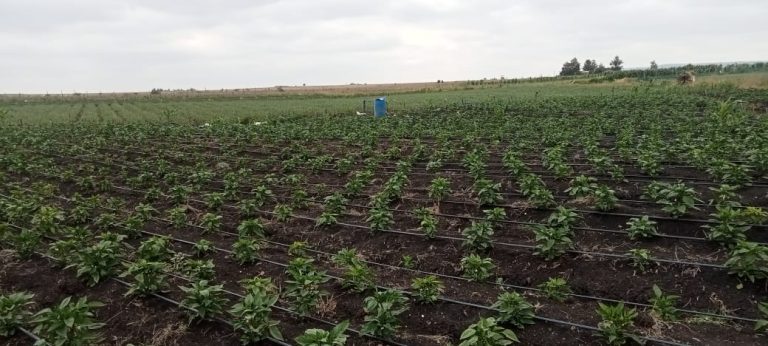Introduction
Tomato farming has become one of Kenya’s most lucrative agricultural ventures, driven by the increasing demand in local and international markets. The country’s favorable climate provides an optimal environment for tomato cultivation, making it a viable opportunity for farmers nationwide.
However, to maximize profitability, farmers must clearly understand the associated costs, expected yields, and potential returns. This guide offers a comprehensive analysis of tomato farming in Kenya, covering essential aspects such as initial investment, revenue projections, and best practices for achieving high yields.
Whether new to tomato farming or an experienced grower, this resource will equip you with the knowledge to enhance productivity and profitability. Additionally, learn how Fincare Investments empowers farmers by facilitating land access through leasing or purchase to support high-yield crop production.
Cost Breakdown for Tomato Farming in Kenya
1. Land Preparation
Key Insights:
- Proper land preparation is essential for achieving high tomato yields. This process includes plowing, harrowing, and enhancing soil fertility.
- Well-prepared soil improves aeration and drainage, creating optimal growing conditions for tomatoes.
Estimated Costs:
- The cost of land preparation depends on farm size and the equipment used. On average, expenses range from KES 5,000 to KES 15,000 per acre.
Pro Tip:
- Conduct a soil test to assess nutrient levels and pH balance. This will help determine the appropriate fertilizers and amendments needed for optimal growth.
2. Seedlings and Seed Purchases
Key Insights:
- Tomatoes can be grown from either seeds or seedlings. However, using high-quality seedlings is recommended for better yields and faster maturation.
- Farmers can choose from various tomato varieties, including hybrid and non-hybrid options. Hybrid varieties typically offer higher yields and enhanced resistance to certain diseases. The variety choice should be based on the target market, local climate conditions, and desirable traits like wet weather tolerance.
- Popular outdoor tomato varieties include Kilele, Terminator, and Big Rock, while commonly grown greenhouse varieties include Anna and Eva.
Estimated Costs:
- The cost of tomato seeds varies depending on the brand and variety. Prices range from KES 15,000 to KES 60,000 per acre for outdoor varieties, with greenhouse varieties generally costing more.
- The average propagation cost of tomato seedlings in Kenya is approximately KES 2–4 per seedling, depending on the array and nursery.
Pro Tip:
- Always purchase seeds or seedlings from certified suppliers to ensure high quality and disease resistance. Additionally, source seedlings from reputable nurseries to guarantee healthy and well-propagated plants.
3. Fertilizers and Pesticides
Key Insights:
- Fertilizers enhance plant health and maximize tomato yields by supplying essential nutrients.
- Pesticides protect tomato plants from common pests such as Tuta absoluta, aphids, whiteflies, and nematodes. Farmers are encouraged to implement Integrated Pest Management (IPM) strategies to reduce chemical dependency.
Estimated Costs:
- The cost of fertilizers, pesticides, and herbicides for tomato farming ranges from KES 40,000 to KES 80,000 per acre, depending on the farming method and specific inputs.
Pro Tip:
- Opt for organic pesticides and incorporate IPM techniques to promote sustainability while minimizing environmental impact.
Average Yields per Acre
Key Insights:
- Tomato yields per acre vary based on farming practices, climate conditions, and the variety grown.
- Under optimal conditions, an acre of tomatoes can produce between 10,000 and 30,000 kilograms, depending on the level of care and management.
Estimated Earnings:
- With local market prices ranging from KES 30 to KES 60 per kilogram, the potential revenue per acre falls between KES 300,000 and KES 1,800,000.
Pro Tip:
- Maximize your earnings by properly nourishing your crops and implementing preventive pest and disease management strategies, particularly against Tuta absoluta, which is known to develop resistance to agrochemicals.
- Expand your market reach by leveraging social media and other sales channels to secure better prices and a broader customer base.
Best Practices for Successful Tomato Farming
1. Proper Soil Preparation
- Ensure the soil is rich in organic matter and has excellent drainage to create an optimal growing environment for tomato plants.
2. Plant Spacing and Pruning
- Maintain proper plant spacing to enhance air circulation and minimize the risk of diseases.
- Regularly prune lower leaves and branches to improve airflow, reduce humidity, and prevent disease outbreaks.
3. Pest and Disease Control
- Implement an integrated pest management (IPM) strategy, including crop rotation and planting disease-resistant varieties.
- Monitor crops regularly for signs of common diseases such as bacterial wilt and blight, and take prompt action when necessary.
4. Timely Harvesting and Post-Harvest Handling
- Harvest tomatoes when fully mature and exhibit a uniform color to ensure the best quality and marketability.
- Proper handling and packaging can extend shelf life, especially for export markets.
Common Mistakes to Avoid in Tomato Farming
- Inadequate Watering – Both overwatering and underwatering can negatively impact tomato growth.
- Neglecting Pest Control – Failure to manage pests and diseases can lead to severe crop losses.
- Overcrowding Plants – Ensure proper spacing to promote airflow and prevent disease spread.
- Lack of Market Research – Understanding market prices and demand is crucial for profitability.
Conclusion
Tomato farming in Kenya presents a highly profitable opportunity, especially when best practices are followed. Farmers can maximize their returns by carefully managing costs, optimizing farming techniques, and selling at the right time.
Fincare Investments provides agricultural land for lease or purchase, helping farmers secure the ideal property for their farming needs. Whether you are a first-time farmer or looking to expand, we are here to assist you.
➡️ Click here to explore available agricultural land for lease in Kajiado, Kenya.







